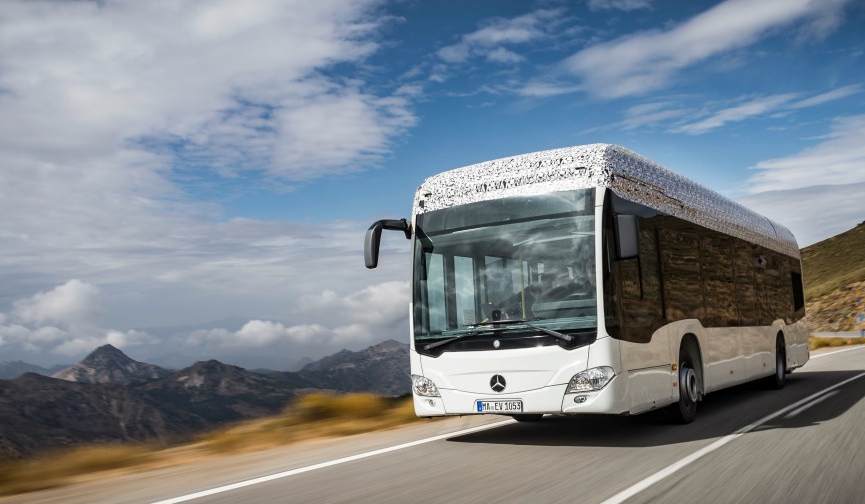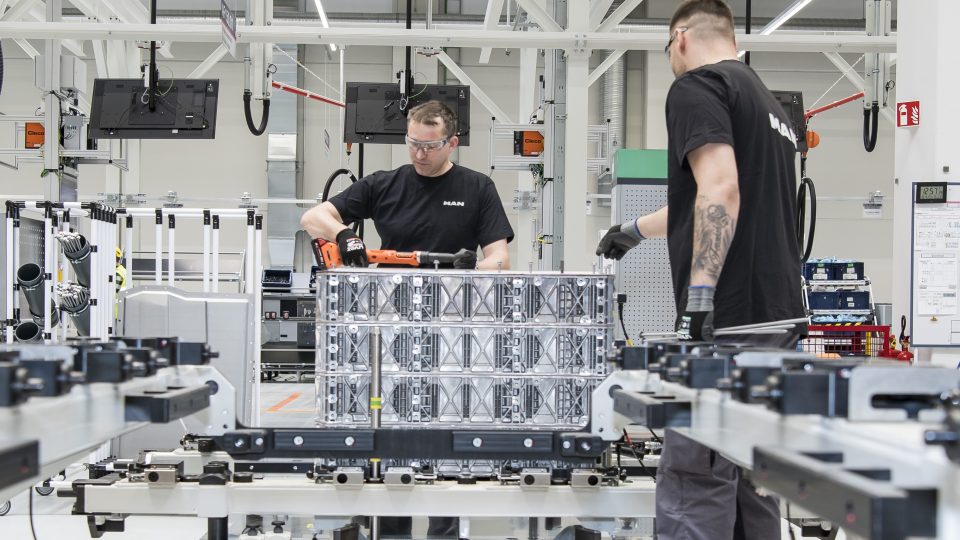Electric buses will conquer the market. But they won’t be like today (according to Andrea Bottazzi)
The electric buses now available on market, with a few exceptions, have nothing to do with those that will be in production in 2025. There is no doubt that electric buses are bound to conquer the urban public transport market. But not in the shape to which we are accustomed… The text published here is […]

The electric buses now available on market, with a few exceptions, have nothing to do with those that will be in production in 2025. There is no doubt that electric buses are bound to conquer the urban public transport market. But not in the shape to which we are accustomed…
The text published here is a brief extract of a contribution signed by Andrea Bottazzi, fleet maintenance manager in Tper (Bologna municipal public transport operator).

Electric buses, the future is already marked…
It is certain that, as clearly indicated by Directive 94/2014, the indications of COP 21 and studies on mobility with a concentration of 50% of the population in 20 years’ time in urban areas, it is necessary to get ready for public transport systems based on zero-emission technologies in densely populated urban areas. In short: Public transport in densely populated urban areas will be based on electric traction with horizon 2025 and 2030.
In 2025 electric buses will be a totally different matter
However, as confirmed by all the Public Agencies that deal with public transport service contracts with public transport operators (Holland, UK, Denmark, France, Belgium, …), the current electric buses, with some exceptions, have nothing to do with those that will be in production in 2025. Mainly for two reasons. First of all, the batteries will no longer be the current ones but will be much more efficient. The costs and potential of batteries are respectively reduced and developed almost daily. Secondly, the layout of electric buses will no longer be derived from that of diesel buses. On the contrary, electric buses will be built with specific layouts that will take advantage of the characteristics of electric traction, offering for example much more internal space thanks to the less space required by asynchronous motors (which also require less maintenance) on the drive wheels. Among the electric bus models that are being tested, Alstom Aptis is an example of a bus designed specifically for electric traction. The vehicle, indeed, has a completely different layout from the current buses and no longer provides a traditional kinematic chain.

Electric buses today? Bound to obsolescence…
The outcome of this future (but already certain) evolution will be that all the models of electric buses currently in service will soon be out of production, with serious risks of early technological obsolescence and availability of spare parts, and with very significant costs in the case of extraordinary maintenance such as the replacement of batteries. If the full service service was also purchased during the pilot project in order to reduce risks, these important costs will be a systematic burden, very high and for many years, to maintain an already obsolete technology that will allow unacceptable service autonomy. At least, unacceptable for the standard that will be normal from 2025.
Bright side of current electric buses deployment
The positive aspect is that during these various pilot projects, public transport operators can acquire skills in the management of electric bus fleets. This would be important for the management of the large future fleets of electric buses, which will certainly be in service in the period 2025-2030.







